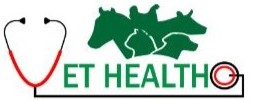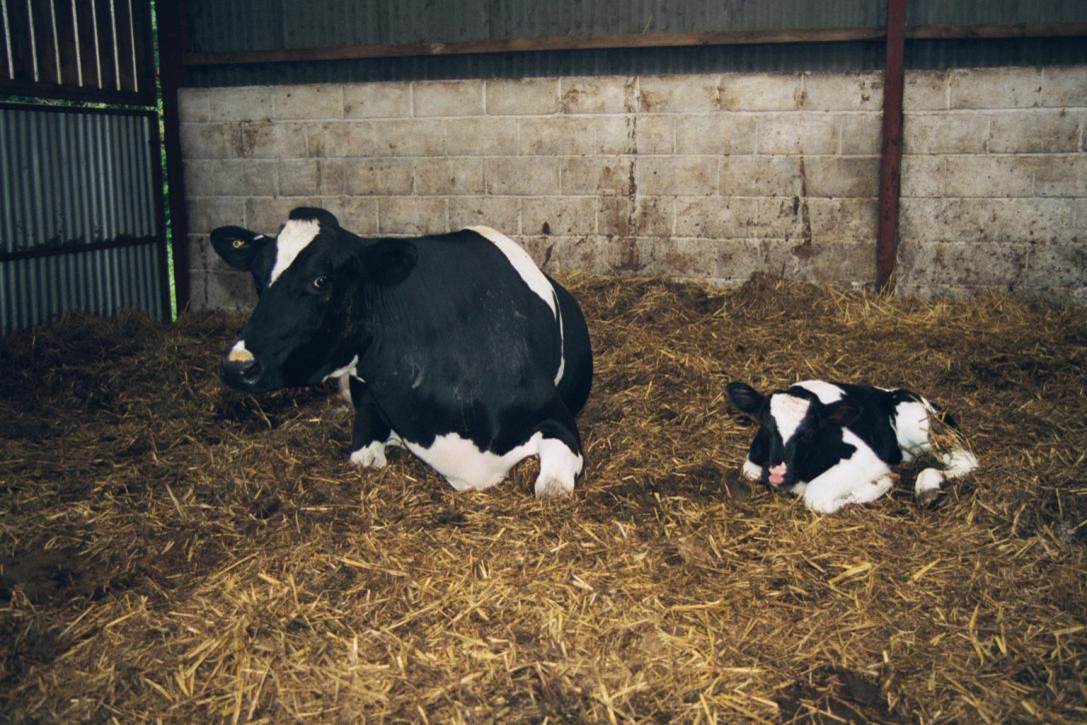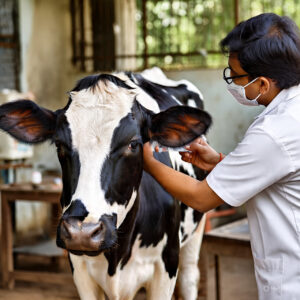Understanding Causes and Prevention of Abortion in Cows
Abortion in cows refers to the premature expulsion of the fetus before it can survive outside the womb. This issue can lead to significant economic loss for farmers due to reduced milk production and herd replacement costs. Various factors can contribute to abortion, and identifying these causes is essential for effective prevention.
Common Causes of Abortion in Cows
- Infectious Diseases: Bacterial, viral, or protozoal infections such as Brucellosis, Leptospirosis, and Neosporosis often lead to pregnancy loss.
- Nutritional Deficiencies: Lack of essential nutrients, especially vitamins and minerals like Vitamin A, selenium, and iodine, can cause weak fetal development and abortion.
- Toxins and Chemicals: Exposure to toxic plants, pesticides, or harmful chemicals can adversely affect the pregnancy.
- Stress and Physical Injury: Excessive heat, handling stress, or trauma during pregnancy can increase the risk of abortion.
- Genetic and Hormonal Factors: Genetic abnormalities and hormonal imbalances may also contribute to pregnancy failures.
Effective Prevention Measures
- Maintain a clean and hygienic environment to reduce the risk of infectious diseases.
- Provide balanced nutrition with adequate vitamins and minerals tailored for pregnant cows.
- Implement strict biosecurity measures to avoid contact with infected animals or contaminated feed.
- Minimize stress by handling animals gently and providing proper shelter, especially during extreme weather.
- Regular veterinary check-ups and timely vaccinations can help detect and prevent many infectious causes.
In addition to infectious diseases and nutrition, environmental factors play a significant role in the causes and prevention of abortion in cows. Sudden changes in weather, exposure to toxins, and inadequate shelter can increase the risk of pregnancy loss. For instance, extreme heat stress affects the cow’s immune system and hormone balance, leading to fetal complications. Ensuring cows have access to shaded areas and clean water is vital.
Moreover, managing the breeding process carefully can help prevent abortion. Using proven bulls, timing insemination correctly, and avoiding inbreeding reduce genetic defects that might cause pregnancy failure. Farmers should also be vigilant about early signs of reproductive problems such as abnormal discharge or changes in appetite, and consult veterinarians promptly.
Another important aspect is maintaining proper record-keeping of each cow’s reproductive history. This helps in identifying patterns or recurring issues and aids in making informed decisions about culling or treatment.
Regular vaccination campaigns run by government animal health departments can protect against many infectious agents that cause abortion. Farmers should participate actively in these programs to safeguard their herds.
By combining good management practices, veterinary care, and environmental awareness, farmers can effectively reduce the incidence of abortion in their cattle, improving productivity and livelihood.




